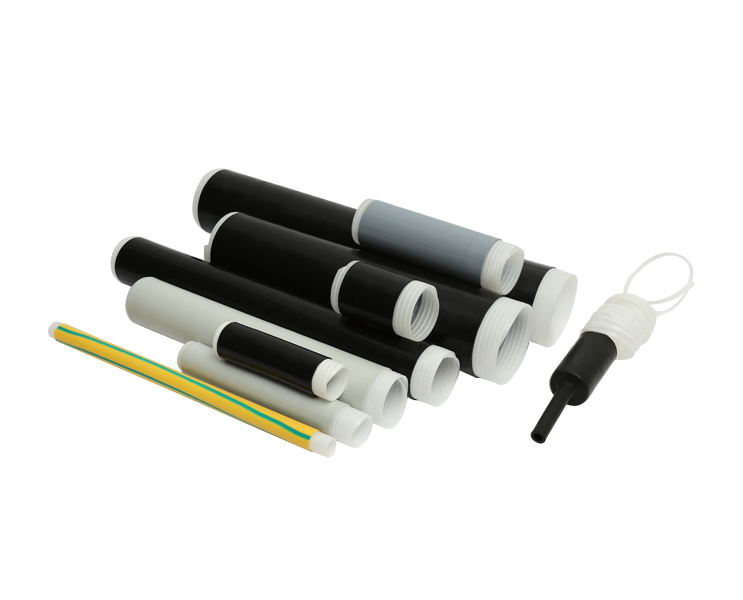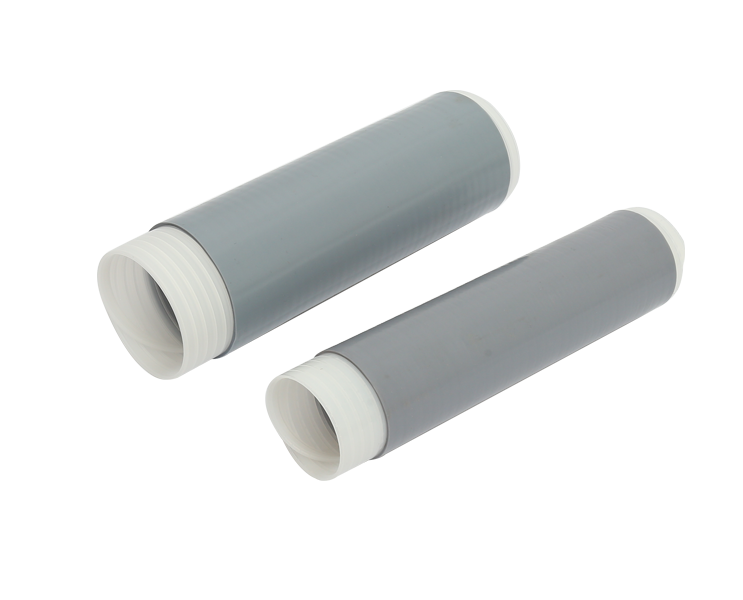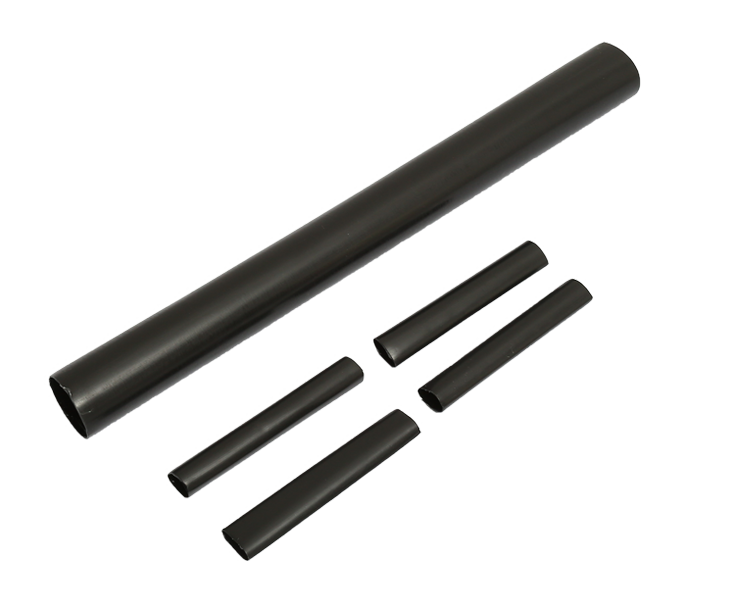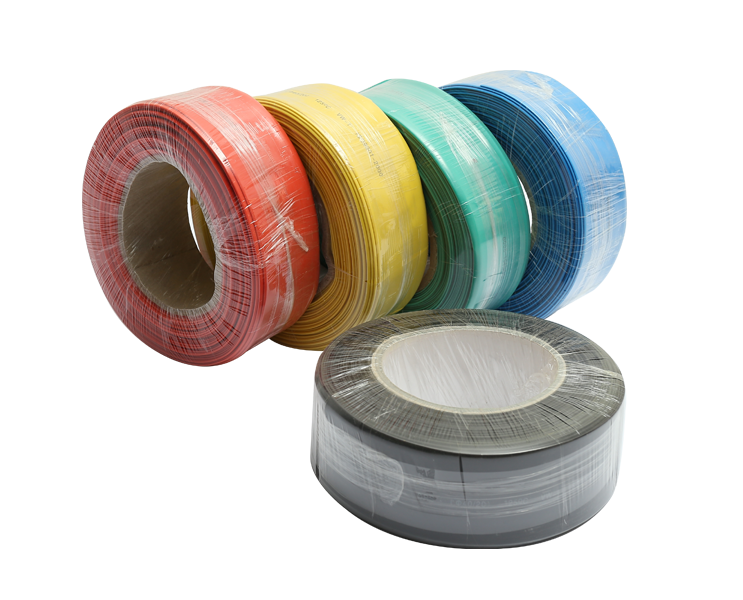In the complex world of electrical engineering and infrastructure, Cable Terminal Heads are indispensable components that ensure safety, reliability, and performance. Whether in residential wiring, industrial setups, or high-voltage power grids, Cable Terminal Heads serve as the critical junction where cables terminate securely into connectors, panels, or equipment.
The primary function of Cable Terminal Heads is to provide a stable and conductive end-point for electrical cables. They ensure that the electrical current can transfer efficiently without power loss or overheating. Without properly installed Cable Terminal Heads, the risks of short circuits, sparks, and equipment failure increase significantly. That’s why electrical professionals always emphasize the use of quality Cable Terminal Heads in all projects.
One major advantage of using Cable Terminal Heads is their ability to withstand various environmental factors. In industrial or outdoor applications, cables may be exposed to moisture, heat, dust, or vibrations. Cable Terminal Heads are designed to offer a tight, sealed connection that protects the cable ends from such elements, extending their lifespan and ensuring uninterrupted performance.
In addition, Cable Terminal Heads help reduce maintenance and repair costs. Faulty cable terminations are among the most common causes of electrical malfunctions. By using robust Cable Terminal Heads, these faults can be prevented, reducing the frequency of downtime and the need for costly repairs. This is especially critical in industries where operational interruptions can lead to huge financial losses.
Another vital role played by Cable Terminal Heads is in the area of safety. Poorly terminated cables can result in electric shocks or fire hazards. The secure fit and insulation features of quality Cable Terminal Heads reduce these risks dramatically, making them essential for meeting workplace safety standards and electrical codes.
There are many types of Cable Terminal Heads, each suited to different cable sizes, voltage levels, and installation environments. For instance, compression terminal heads are widely used for high-voltage cables, while mechanical terminal heads are preferred for medium- or low-voltage connections. This variety ensures that Cable Terminal Heads can be tailored to specific application needs, enhancing efficiency and compatibility.
Modern Cable Terminal Heads are often made from materials like copper, aluminum, or alloys with high conductivity and corrosion resistance. This ensures optimal performance even in extreme conditions. Some models also feature heat-shrinkable sleeves or epoxy seals for additional insulation and protection.
The installation process of Cable Terminal Heads also plays a crucial role in their effectiveness. It requires precision, the right tools, and adherence to standards. Trained technicians use crimping, bolting, or compression techniques to affix the terminal heads firmly, ensuring that the current flow is continuous and safe.
From a system design perspective, Cable Terminal Heads also allow for modularity. They enable quick disconnects and reconnects during maintenance or system upgrades, adding flexibility to infrastructure management. This is particularly useful in renewable energy systems, substations, and manufacturing facilities where configurations may change over time.
Cable Terminal Heads are much more than just endpoints for electrical cables. They are critical components that ensure connectivity, protect systems, enhance safety, and improve the durability of electrical infrastructure. Whether for a small electrical panel or a large industrial power distribution network, choosing the right Cable Terminal Heads can make a substantial difference in overall performance and reliability.

 English
English 简体中文
简体中文



